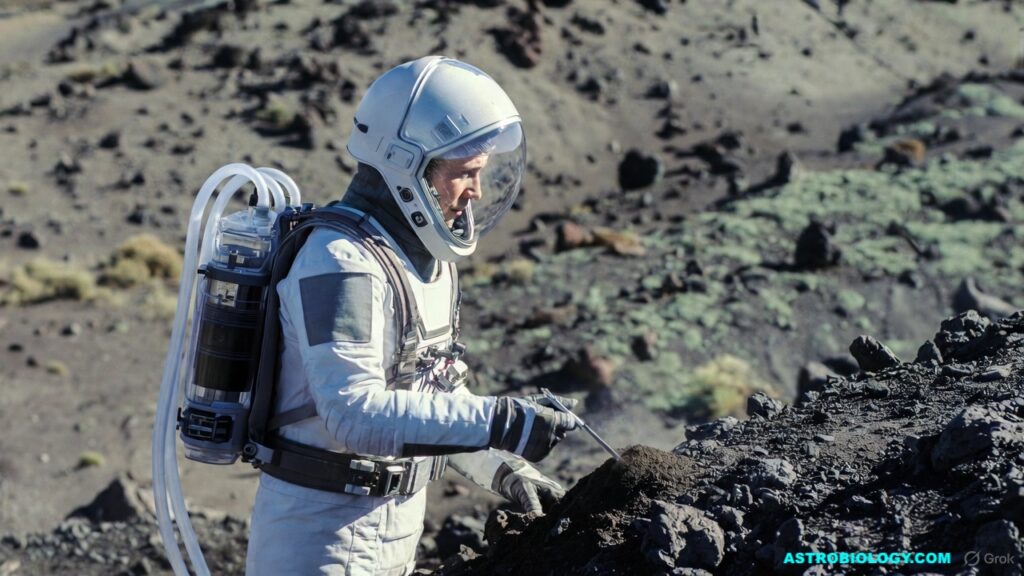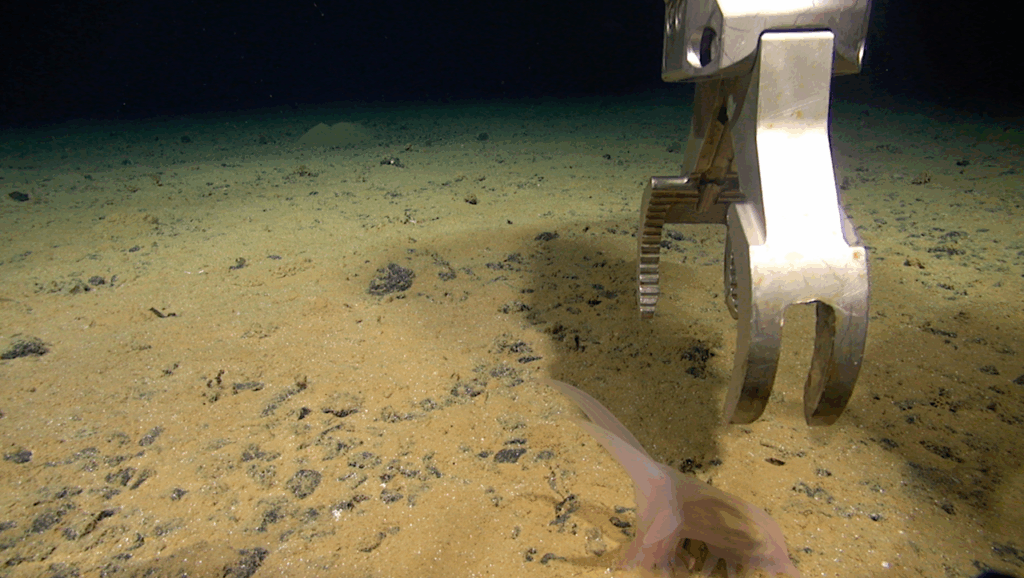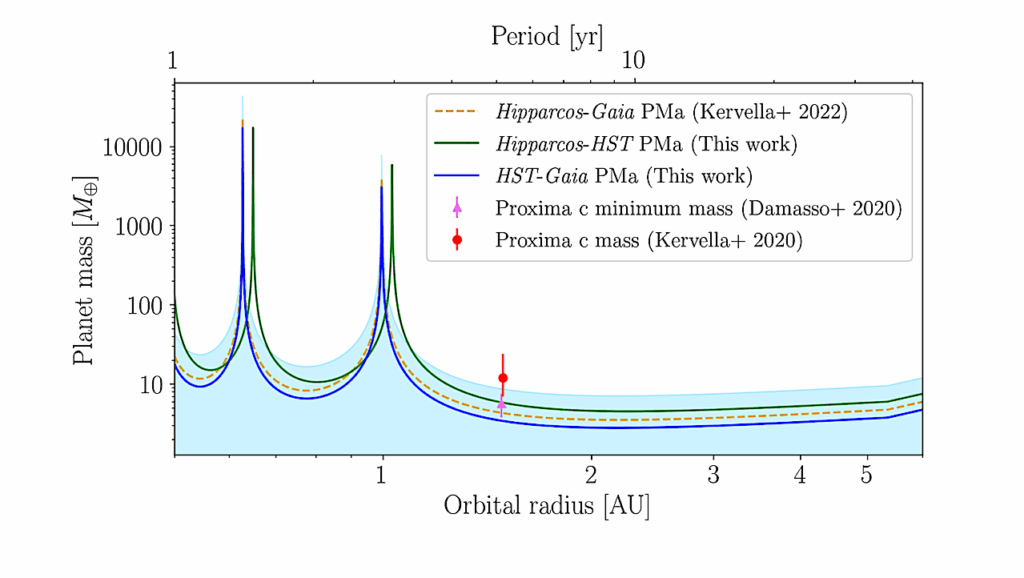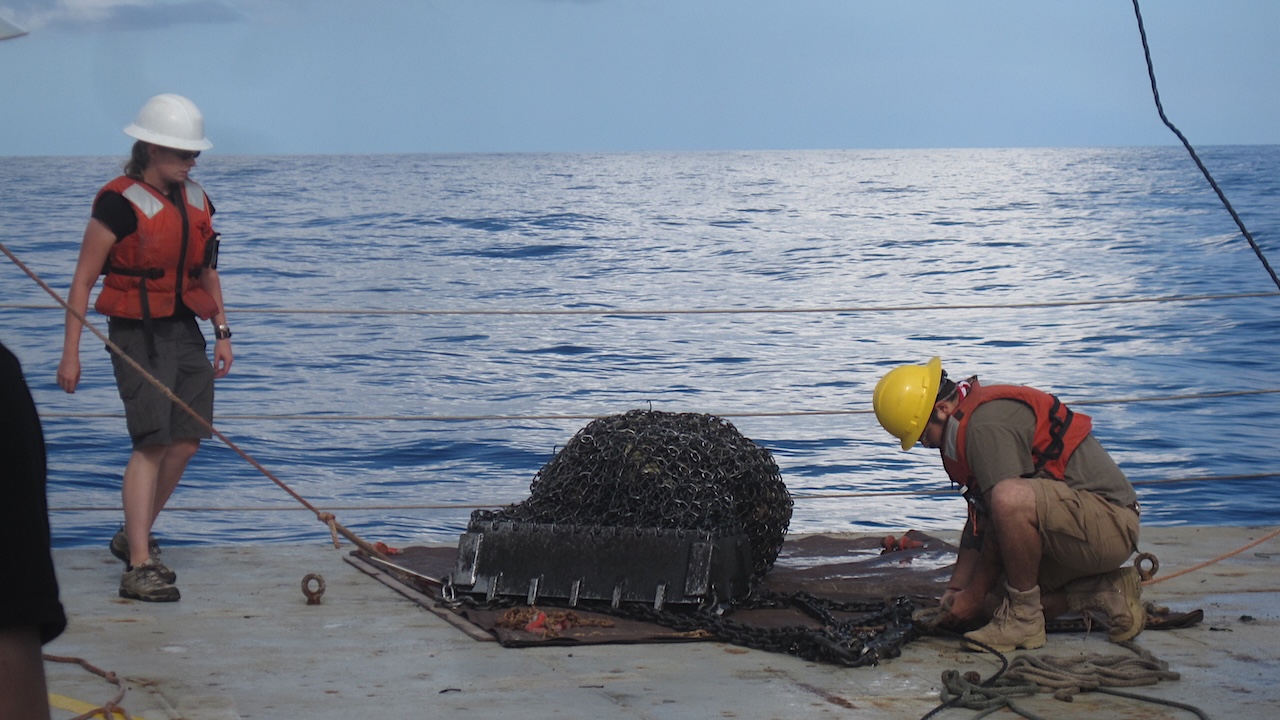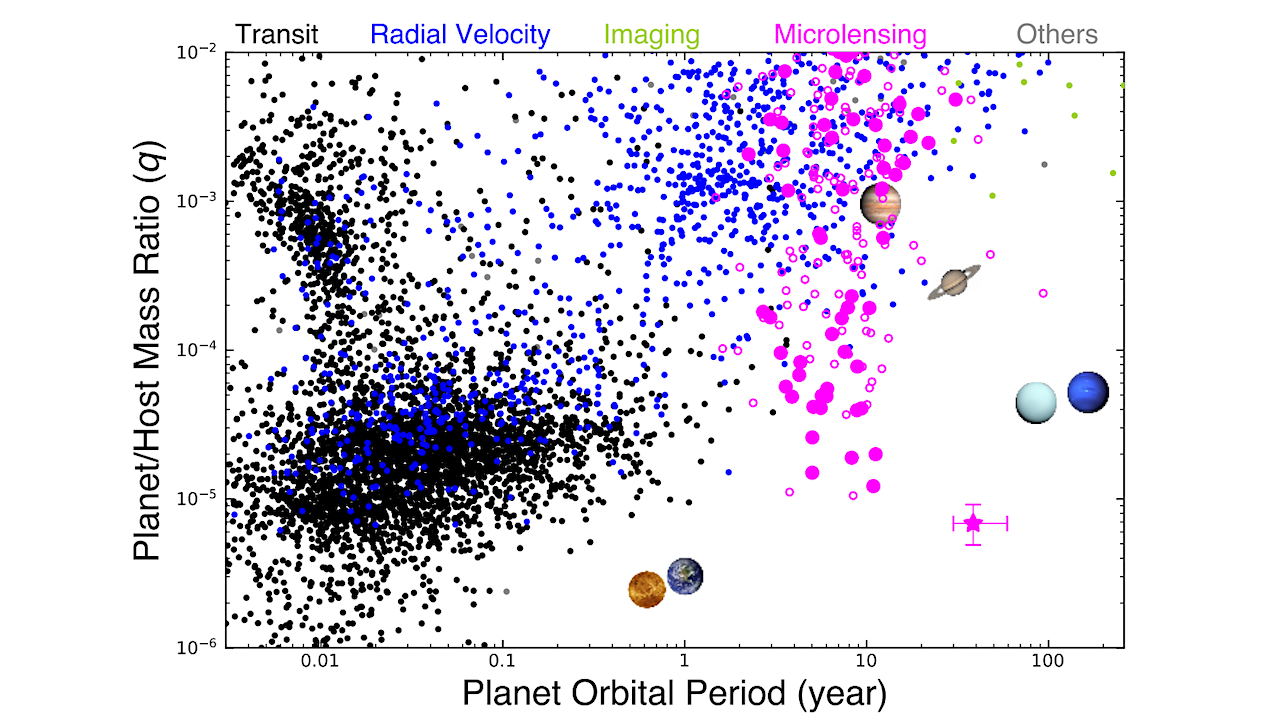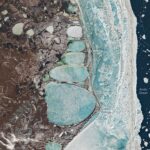Now Reading: Implications Of Shallow-shell Models For Topographic Relaxation On Icy Satellites
-
01
Implications Of Shallow-shell Models For Topographic Relaxation On Icy Satellites
Implications Of Shallow-shell Models For Topographic Relaxation On Icy Satellites
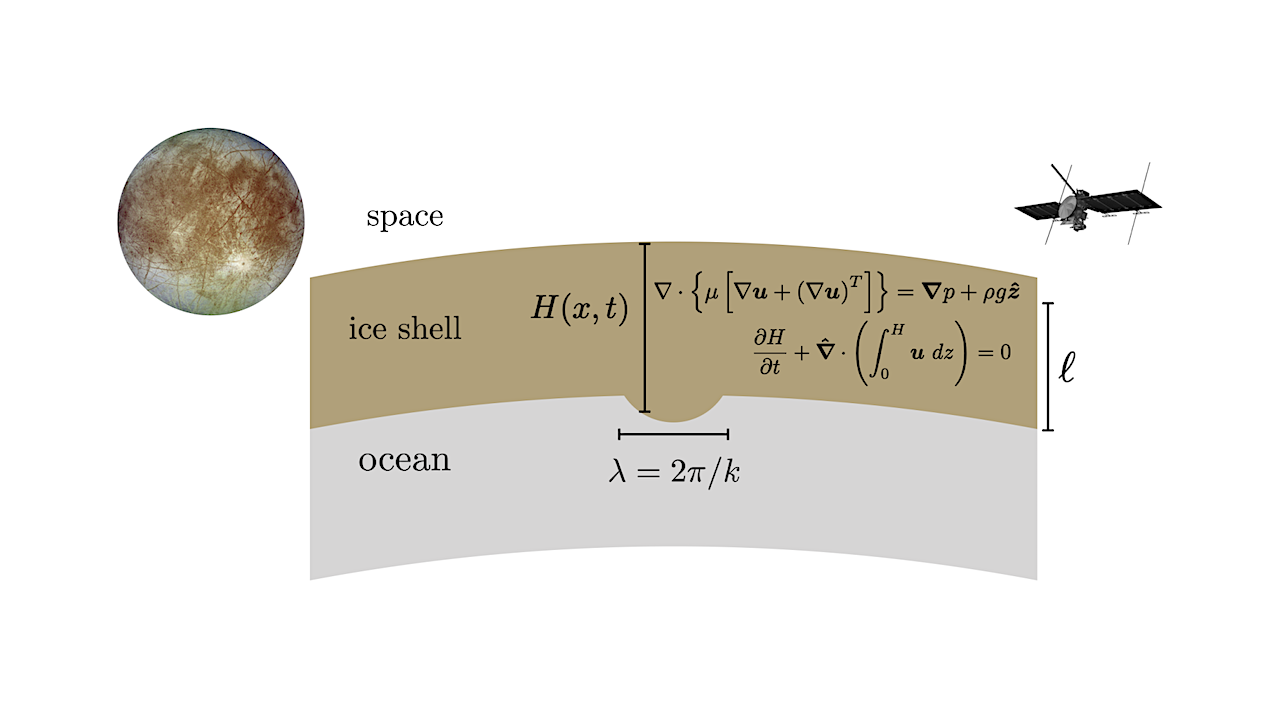

Schematic of topography on an icy satellite. Equations shown for the evolution of
Newtonian viscous ice with shell thickness H. The parameters and equations shown on the
figure are described in the text. — astro-ph.EP
Icy satellites host topography at many length scales, from rifts and craters on the small end to equatorial-pole shell thickness differences that are comparable to these bodies’ circumference.
The rate of topographic evolution depends on the rheology of the ice shell, the difference in density between the shell and potential global subsurface oceans, the ice shell thickness distribution, as well as the rate of tidal heat dissipation in the shell.
Here we analyze relaxation of topography starting from the Stokes equations for viscous fluid flow. We write out the shallow-shell models (with and without a rigid crust) and compare the resulting time scales to previous work.
Using three-dimensional linearized flow for small-amplitude topographic perturbations, we recover the time scales of relaxation from the shallow models as well as shells that are not shallow. For a shell of constant viscosity, we find that the topographic relaxation time scale is constant for wavelengths larger than the ice thickness, an idea that runs contrary to the existing paradigm.
For a shell with a viscosity that decreases exponentially with depth, we show numerically that there is a regime where the larger viscosity outer crust acts as a nearly rigid boundary. In this case, the relaxation time scale depends on the wavelength. For the largest spatial scales, the time scale becomes independent of wavelength again and the value is set by the average shell viscosity.
However, the spatial scale that this transition occurs at becomes larger as the viscosity contrast increases, limiting the applicability of the scale-independent relaxation rate. These results for the relaxation of topography have implications for interpreting relaxed crater profiles, inferences of ice shell thickness from topography, and upcoming observations from missions to the outer solar system.
Colin R. Meyer, Aaron G. Stubblefield, Brent M. Minchew, Samuel S. Pegler, Alexander Berne, Jacob J. Buffo, Tara C. Tomlinson
Comments: 16 pages, 5 figures
Subjects: Earth and Planetary Astrophysics (astro-ph.EP); Fluid Dynamics (physics.flu-dyn)
Cite as: arXiv:2504.20095 [astro-ph.EP] (or arXiv:2504.20095v1 [astro-ph.EP] for this version)
https://doi.org/10.48550/arXiv.2504.20095
Focus to learn more
Submission history
From: Colin Meyer
[v1] Sat, 26 Apr 2025 01:34:25 UTC (1,516 KB)
https://arxiv.org/abs/2504.20095
Astrobiology, Astrogeology,
Stay Informed With the Latest & Most Important News
Previous Post
Next Post
-
 012024 in Review: Highlights from NASA in Silicon Valley
012024 in Review: Highlights from NASA in Silicon Valley -
 02Panasonic Leica Summilux DG 15mm f/1.7 ASPH review
02Panasonic Leica Summilux DG 15mm f/1.7 ASPH review -
 03From Polymerization-Enabled Folding and Assembly to Chemical Evolution: Key Processes for Emergence of Functional Polymers in the Origin of Life
03From Polymerization-Enabled Folding and Assembly to Chemical Evolution: Key Processes for Emergence of Functional Polymers in the Origin of Life -
 04How New NASA, India Earth Satellite NISAR Will See Earth
04How New NASA, India Earth Satellite NISAR Will See Earth -
 05And Thus Begins A New Year For Life On Earth
05And Thus Begins A New Year For Life On Earth -
 06Astronomy Activation Ambassadors: A New Era
06Astronomy Activation Ambassadors: A New Era -
07SpaceX launch surge helps set new global launch record in 2024












